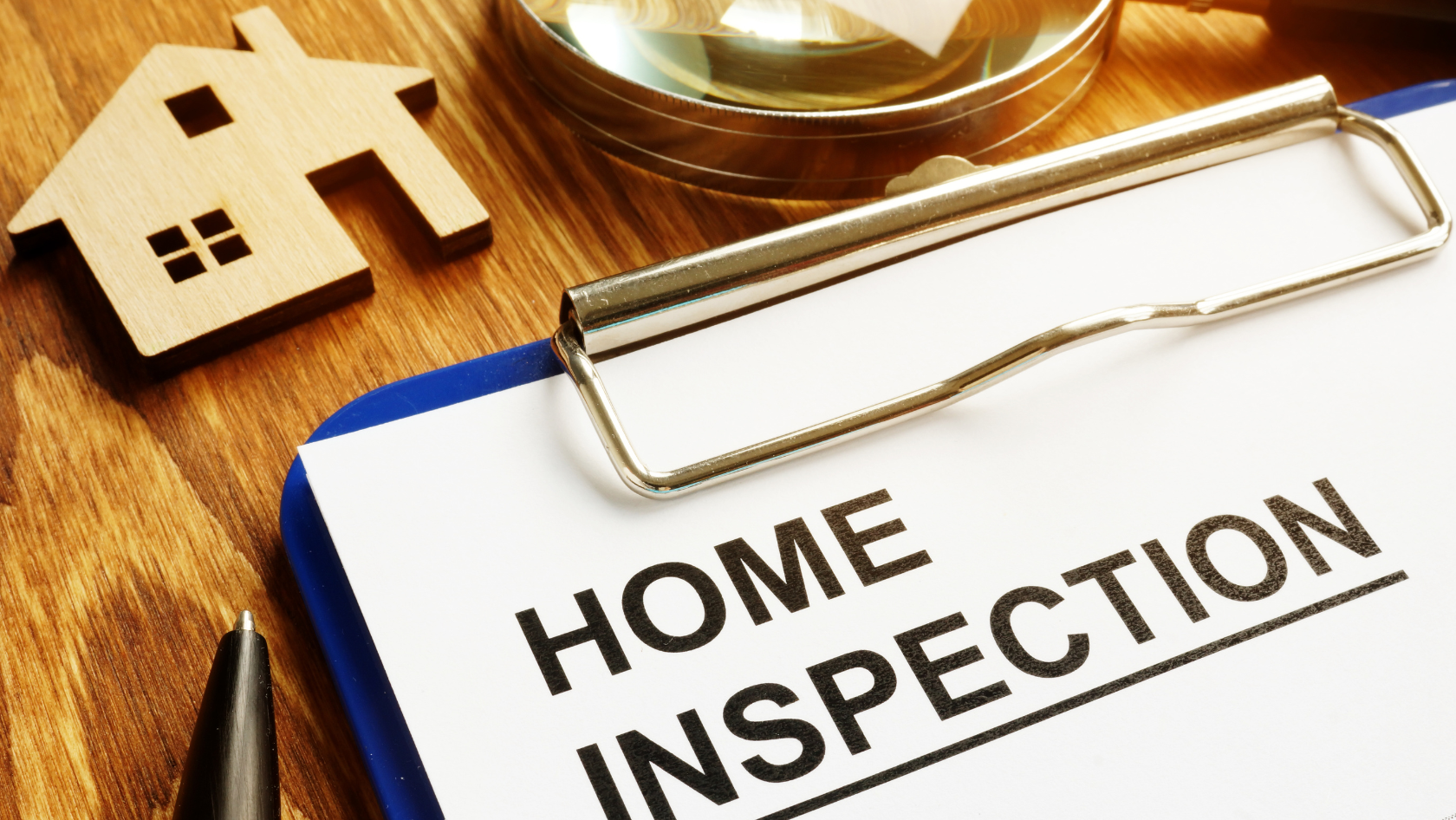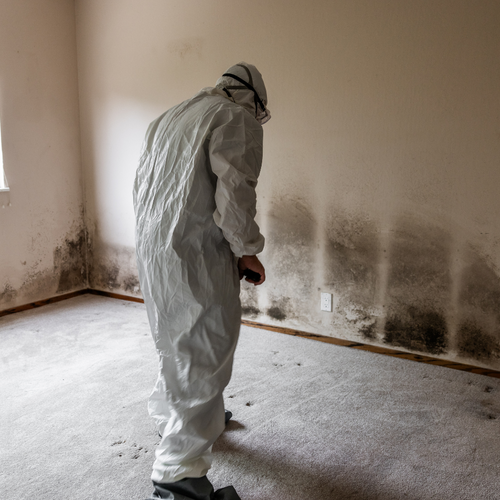If you are buying in Staten Island or South Brooklyn, you already know the home inspection is a big part of due diligence. But the real value is not in the report itself. It is in understanding what the report actually tells you, what it does not and how to use it during negotiation.
What an Inspection Report Actually Covers
A licensed home inspector evaluates the visible and accessible parts of the home. This includes:
Structure and foundation
Roof condition
Plumbing and heating systems
Electrical panels and wiring that is visible
Attic and ventilation
Basement or crawl space
Exterior grading and drainage
The inspector documents findings, photos, safety concerns and recommendations for further evaluation.
What the Report Does Not Guarantee
It is not a code inspection.
It does not confirm future performance of systems.
It does not cover areas that are inaccessible, concealed or blocked.
It is not a pass or fail.
It is not a repair estimate.
This distinction matters because buyers often misinterpret a normal finding as a major defect or assume something minor is insignificant.
How to Use the Report During Negotiation
In the 103xx and 11209, 11214 and 11228 markets, the best buyers use the report as a roadmap.
Safety issues and structural concerns are strong negotiation points.
Aging systems can justify credits or repairs.
Minor maintenance items are expected, not deal breakers.
The report helps you separate normal wear from actual risk.
When I guide clients, I translate the inspector’s technical notes into practical risk, cost and leverage. You do not just need the report. You need the meaning behind it.
—
Joseph Ranola | Five-Star Staten Island & South Brooklyn Realtor® (30 + Google reviews)
Associate Broker · Matias Real Estate | Founder · Bridge & Boro Team
Serving 103xx and 11209 / 11214 / 11228 | $25 M + closed volume
📞 917-716-1496 | ranolarealestate.com





